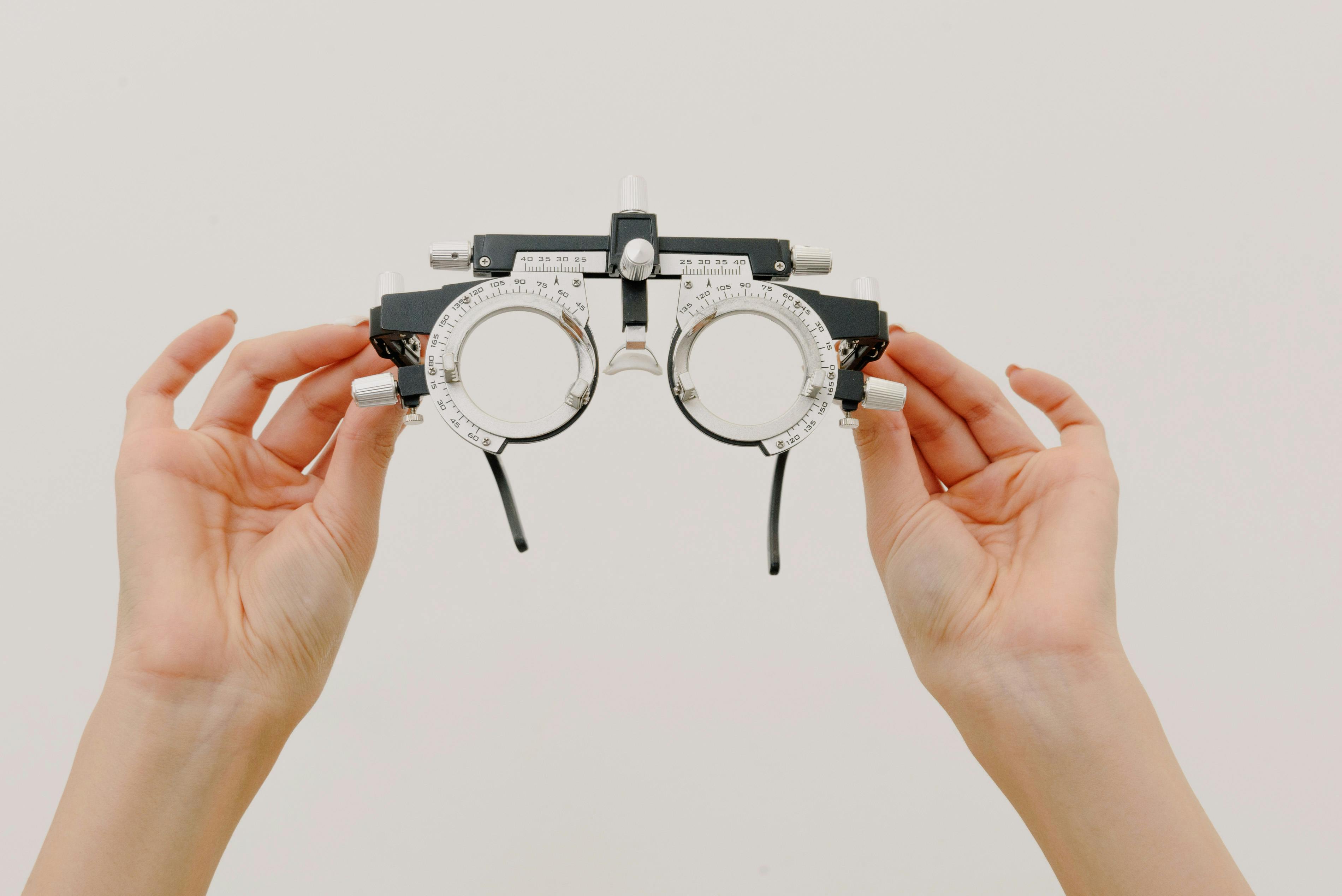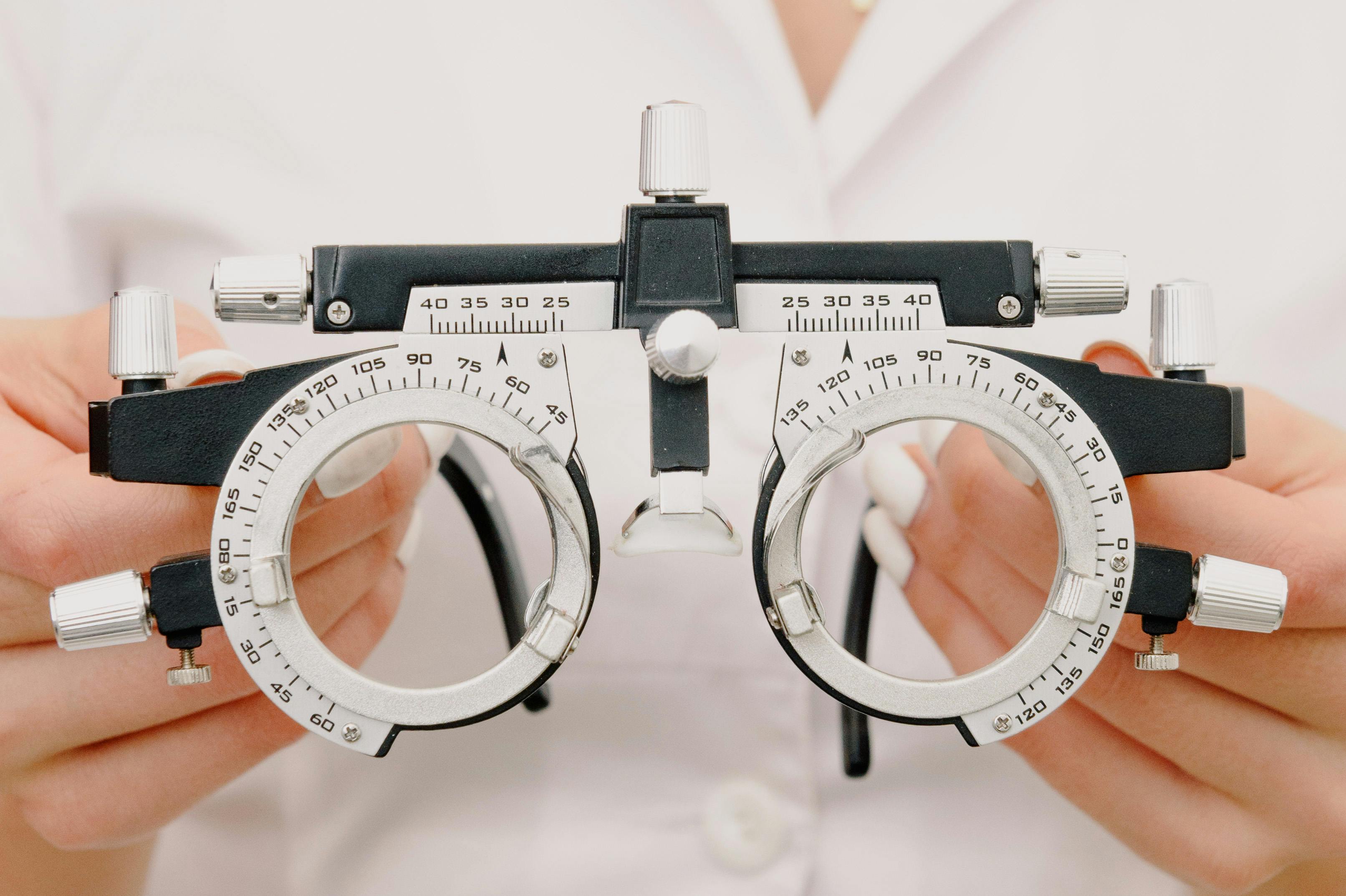Introduction to Occupational Eye Injuries
Occupational eye injuries can have a devastating impact on a worker’s health and well-being. Beyond the immediate pain and discomfort, such injuries can result in vision loss, extended medical treatment, and even permanent disabilities. As the saying goes, “an ounce of prevention is worth a pound of cure,” and when it comes to eye safety at work, this rings especially true. This article aims to shed light on the importance of preventing occupational eye injuries by providing valuable insights into the risks, types of eye protection, safety standards, and best practices for implementing a comprehensive eye safety program. By prioritizing eye safety, employers and employees can work together to create a safer work environment and protect their most valuable asset: Their vision.
Understanding the Risks:
Common Causes of Eye Injuries at Work
Let’s face it, there are countless hazards lurking in the workplace that can target our precious eyes. From flying objects like wayward metal shavings or a shattered grinding wheel, to chemicals that can irritate and burn, we must be on the lookout. And let’s not forget about sawdust and other particles that can sneak their way into our eyes, causing discomfort and potential damage. Oh, and if you’re working with lasers, radiation or in the magical world of welding, you’ve got a completely different set of eye risks to worry about. It’s like we’re playing dodgeball, except with hazards. Time to put on our protective gear!
Implementing a Comprehensive Eye Safety Program
Alright, team, it’s time to put our safety glasses on and get proactive! Implementing a comprehensive eye safety program is key to keeping our peepers in top shape. Start by conducting a workplace risk assessment to identify potential hazards and areas for improvement. Then, establish eye safety policies and procedures, because nobody wants to be known as the workplace daredevil. The one who doesn’t care about eye safety. Ensure that everyone has access to adequate eye protection equipment, because sharing is great, but not when it comes to eye safety. And don’t forget about regular maintenance and replacement of your safety gear. Let’s keep that safety eyewear in tip-top shape!
Remember people, eye safety in the workplace is no joke. You only have one pair of eyes, and we want to keep them bright and working their best. So, protect those peepers, be aware of the risks, and be diligent about implementing an eye safety program. With a little wit, a lot of wisdom, and some snazzy protective gear, we can conquer the workplace hazard dodgeball game and keep our vision crystal clear. Also schedule your regular eye checkup from the center of best Eye Examination in Holt or the one which is at your nearby location.
Importance of Employee Training
When it comes to eye safety, knowledge is power. Proper training is essential for ensuring that employees understand the risks involved and know how to protect their eyes at work. By educating employees about potential hazards, proper use and fit of eye protection, and the importance of eye safety, companies can significantly reduce the risk of occupational eye injuries.
Proper Use and Fit of Eye Protection
Wearing eye protection is crucial, but it’s equally important to wear it correctly. Employees should be trained in how to properly wear their eye protection to ensure a snug and comfortable fit. Ill-fitting eyewear can be as ineffective as not wearing any at all, so it’s essential to teach employees the right way to protect their peepers.
Promoting a Culture of Eye Safety
Eye safety should be ingrained in the company culture. Employers should encourage employees to be vigilant and proactive about eye safety, creating an environment where everyone looks out for each other’s well-being. By fostering a culture that prioritizes eye safety, companies can effectively reduce the number of workplace eye injuries.
Periodic Refresher Courses and Updates
Eye safety is not a one-time lesson. To ensure that employees stay informed and up to date on best practices, periodic refresher courses and updates should be conducted. This will help reinforce their knowledge and keep eye safety at the forefront of their minds.
Emergency Preparedness: Responding to Eye Injuries in the Workplace
Establishing First Aid Procedures
In the event of an eye injury, knowing what to do can make a critical difference. Employers should establish clear first aid procedures specific to eye injuries, ensuring that employees are aware of the proper steps to take in such emergencies. Immediate action can help mitigate the severity of the injury and prevent further damage.
Creating Eye Injury Response Kits
Having easily accessible eye injury response kits can be a lifesaver. These kits should include essential items such as sterile eyewash solutions, eye patches, and adhesive bandages. By having these kits readily available, employers can expedite the initial response to an eye injury while waiting for medical assistance.
Emergency Eye Wash Stations and Showers
For workplaces where exposure to hazardous substances is a possibility, emergency eye wash stations and showers are crucial. These stations provide a quick and effective solution to rinse away any chemicals or foreign particles that come into contact with your eyes. Ensuring that these stations are properly maintained and easily accessible can help minimize the damage caused by eye injuries.
Seeking Immediate Medical Assistance
Not all eye injuries can be treated with a simple rinse or eye patch. It is imperative to seek immediate medical assistance for any eye injury, regardless of its severity. Prompt medical attention can help prevent further damage, facilitate proper treatment, and potentially save vision. It’s always better to be safe than sorry when it comes to our precious peepers!
Conclusion: Protecting Your Vision, One Safety Measure at a Time
The Importance of Eye Safety at Work
Don’t take your eyes for granted, especially when it comes to your job. Eye safety is not just about following regulations; it’s about protecting that most precious sense and preserving your vision for years to come. Your eyes deserve the best. The best care and the best protection, and that starts with prioritizing eye safety at work.
Taking Responsibility for Eye Safety
Protecting your eyesight is a shared responsibility between employer and employee. Employers must provide comprehensive training, suitable eye protection, and emergency procedures. At the same time, employees must actively participate in safety programs, wear properly fit eye protection, and be vigilant about potential hazards. Together, employer and employee can create a work environment that is safer and healthier for everyone.
Implementing Proper Safety Measures
Eye safety is not a checkbox to be ticked; it’s an ongoing commitment. Employers should continuously assess and improve safety measures, provide necessary resources, and encourage employees to report all safety concerns promptly. By working together and implementing proper safety procedures, we can minimize the risk of eye injuries and create a workplace where everyone feels safe and protected.
Working Towards a Safer Future
Eye safety is a journey, and there is always room for improvement. As technology and workplace practices evolve, so should our safety measures. By staying informed, embracing innovation, and continuously striving for a safer future, we can ensure that eye injuries become a thing of the past. Let’s work together to protect our vision and create a brighter future for all.
In conclusion, prioritizing eye safety at work is essential for preventing occupational eye injuries and ensuring the well-being of employees. By understanding the common risks, providing appropriate eye protection, implementing safety programs, and promoting awareness through training and education, companies can significantly reduce the occurrence of eye injuries. Remember, protecting your eyes is not just a personal responsibility but a collective effort that benefits everyone. By embracing a culture of eye safety, we can create workplaces that prioritize the health and safety of all employees, ensuring that they can perform their duties with confidence and peace of mind.
For More Information
If you are interested in implementing a comprehensive safety eyewear program, contact Goodrich Optical. We will begin by conducting a workplace risk assessment to identify potential hazards and help develop a program to fit your needs.












.jpg)



